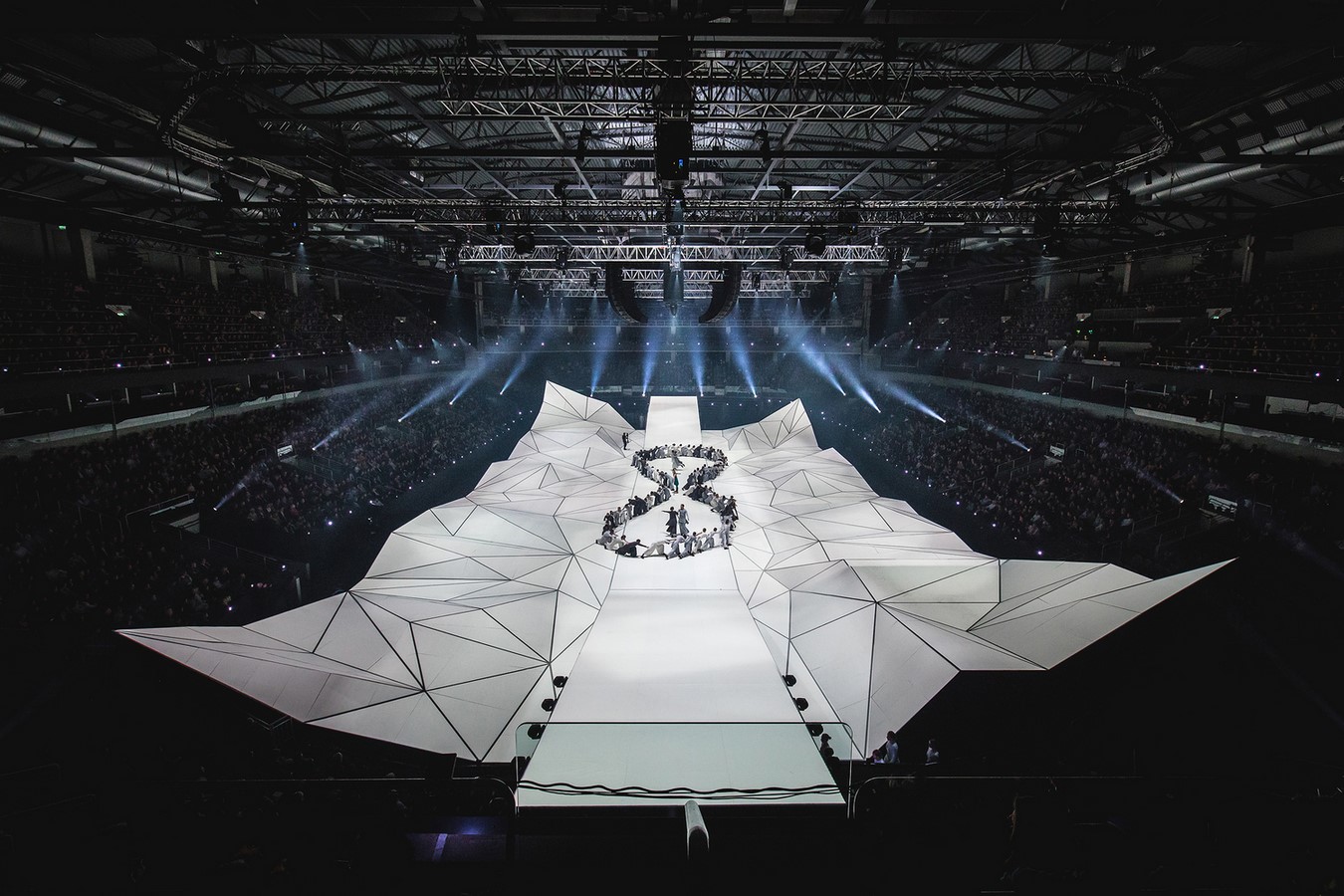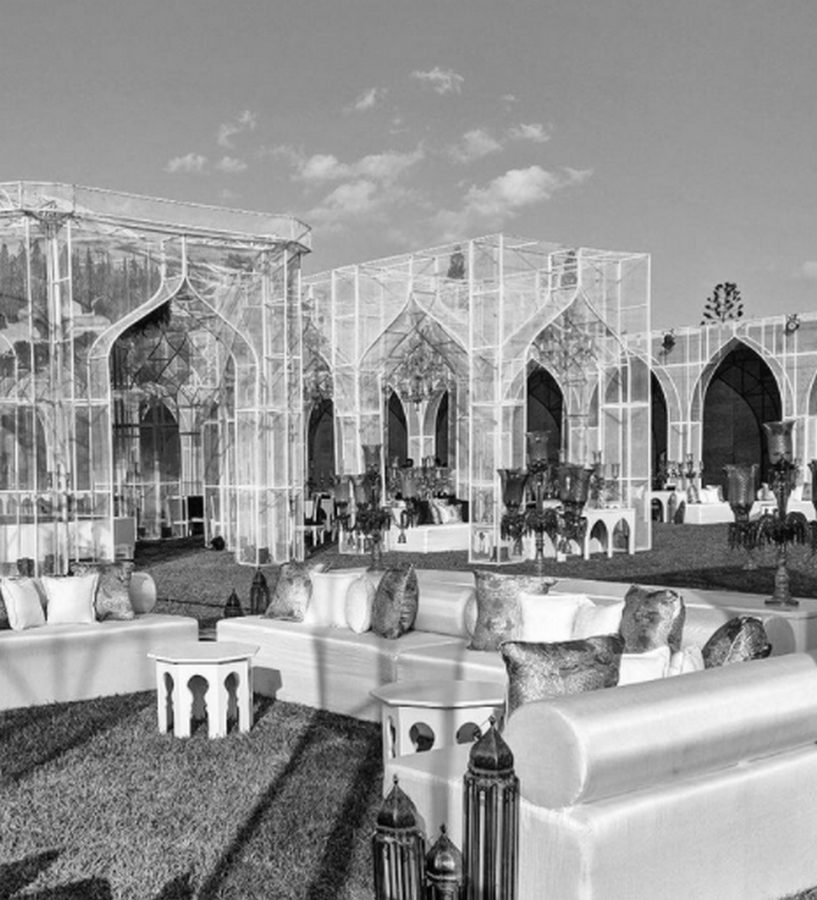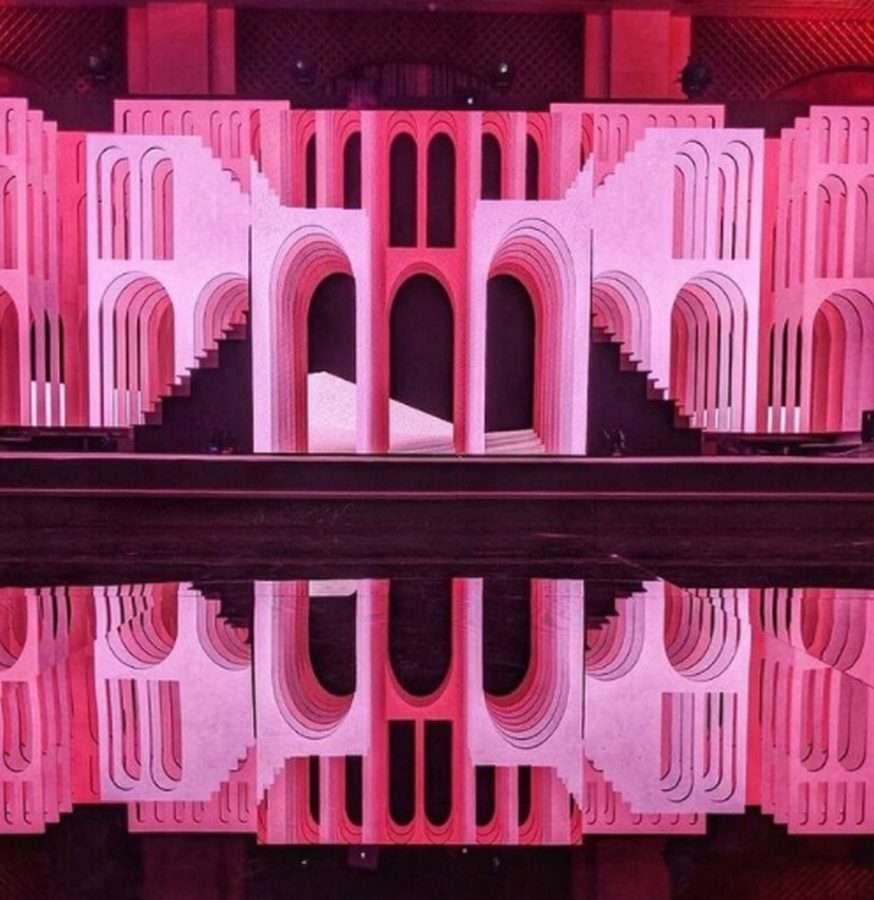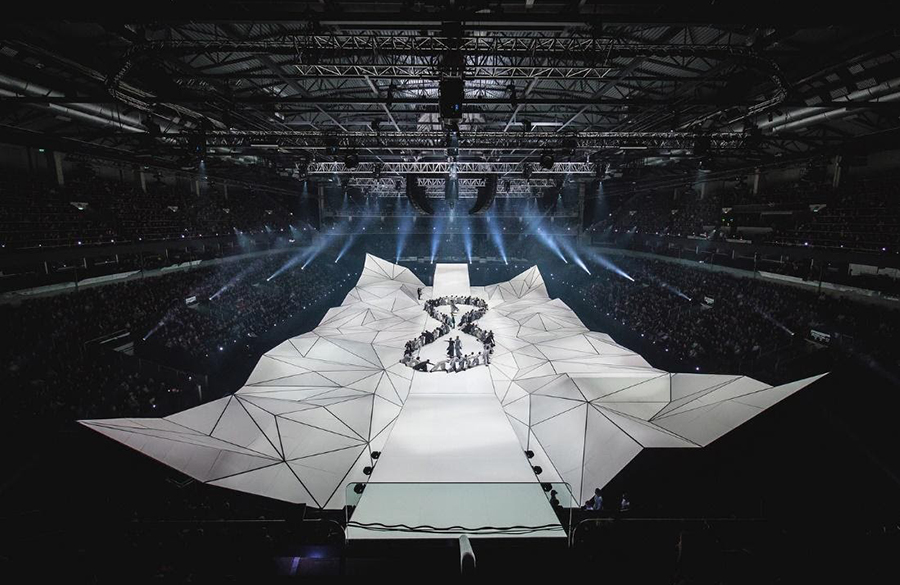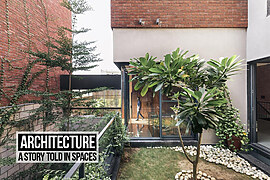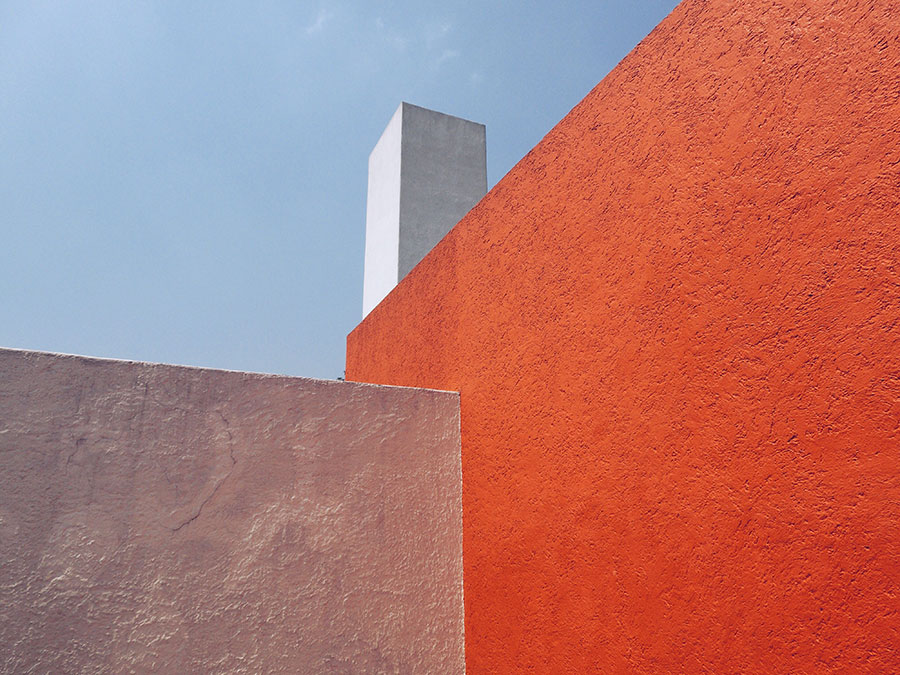On the exterior, entertainment and architecture may not have a lot in common, but over time architecture has gained more significance in the world of entertainment. Architecture as a process is about designing buildings and structures that reflect the ideologies of a certain period, which is why they are considered as significant cultural figures.
Mainly due to this, they have become an important part of the film industry to convey messages, portray different eras that help us transcend virtually. Other than being cultural figures, architecture is also a symbol of innovation and grandeur, due to which they play a pivotal role in the event industry as well. Architecture over the year has become more multifaceted that allows it to offer design solutions and manifest creative ideas in various industries.
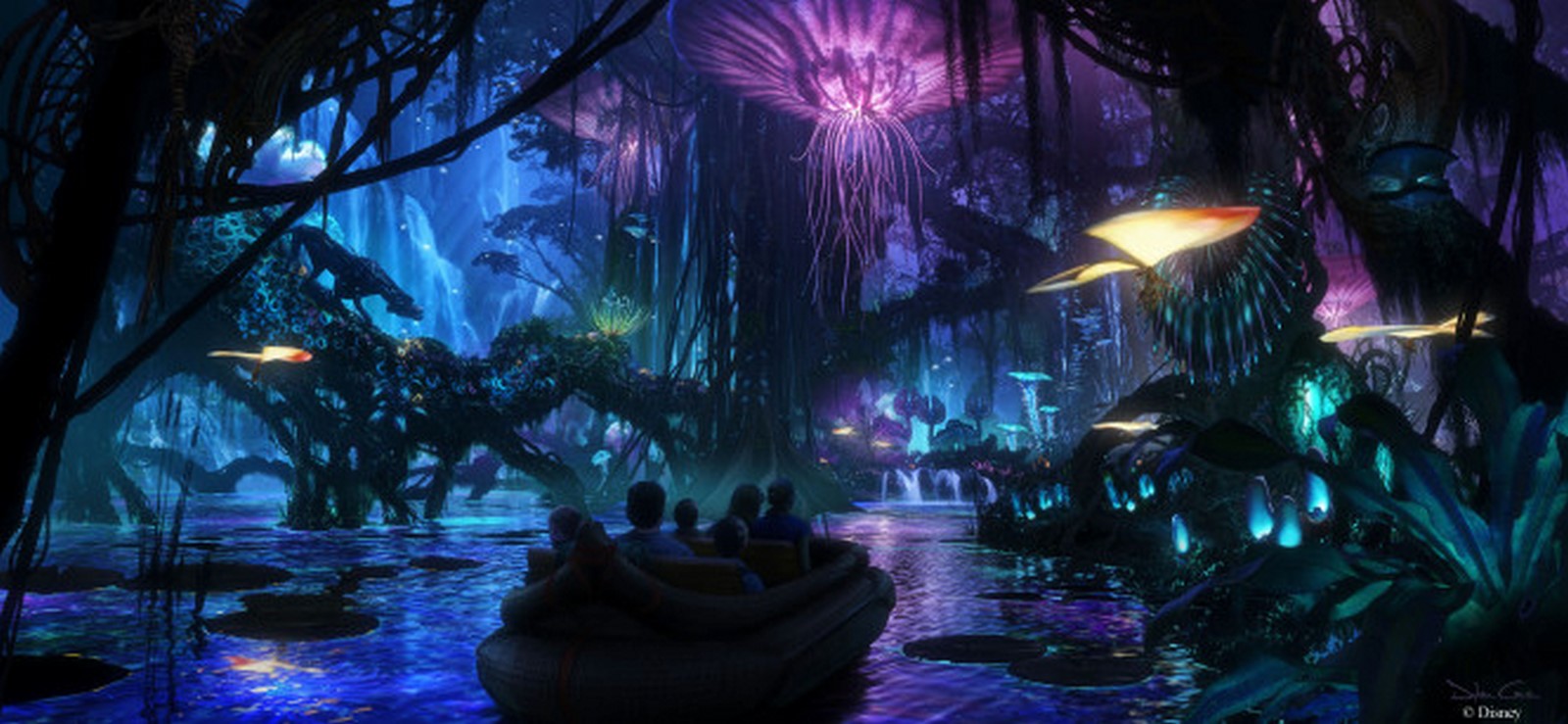
Cinema and theatre
Cinema is an illusion, and architecture serves as a tool to conjure a filmmaker/creator’s thoughts and notions in the most appealing way possible. The department that works closely with the cinematographer and director to decide the look and feel of the film is called Production Design. A person who is in charge of this department is known as the production designer. He/she combines various design elements to help the script gain form, shape, and color.
The initial step would be defining a mood board as in determining how each frame would look. There are three ways Production Design influences a film, and that includes story-telling, character reflection, and setting the mood. Over time, it has become more than just maintaining the overall aesthetics by also being incorporated to reflect a mood or personality of a character and understand the nuances of a story by attending to smaller details of the film for a riveting experience.
There are two categories while choosing the production design for the film. They are either recreation or conceptualization. Recreation involves the process of replicating a real-life location at any given point of time with maximum attention to minute details that make up the ambiance of a movie. For example, the series Marvelous Mrs.Maisel set in the late 50s to early 60s has elements that were a part of that particular period to immerse the audience into that era. Therefore, architecture and design play a pivotal role in the game of make-believe.
It is necessary to focus on little details, as to when even a single element feels out of place, the deception gets broken. Then there is conceptualization that branches from the fantasy and imagination of the creator, which has never-seen-before environments.
For example, movies like Star Trek, Narnia, Star Wars, or others from the science fiction, fantasy, or mythological genre, fall into this. This category provides a lot of creative freedom and opportunity as it deals with spaces that have no frame of reference.
But the trick lies in the ability to virtually transcend the audience watching the film to another dimension without overdoing it. And some movies like interstellar might have both categories of production design. Both these categories seek a lot of support from CGI to truly reach its potential.

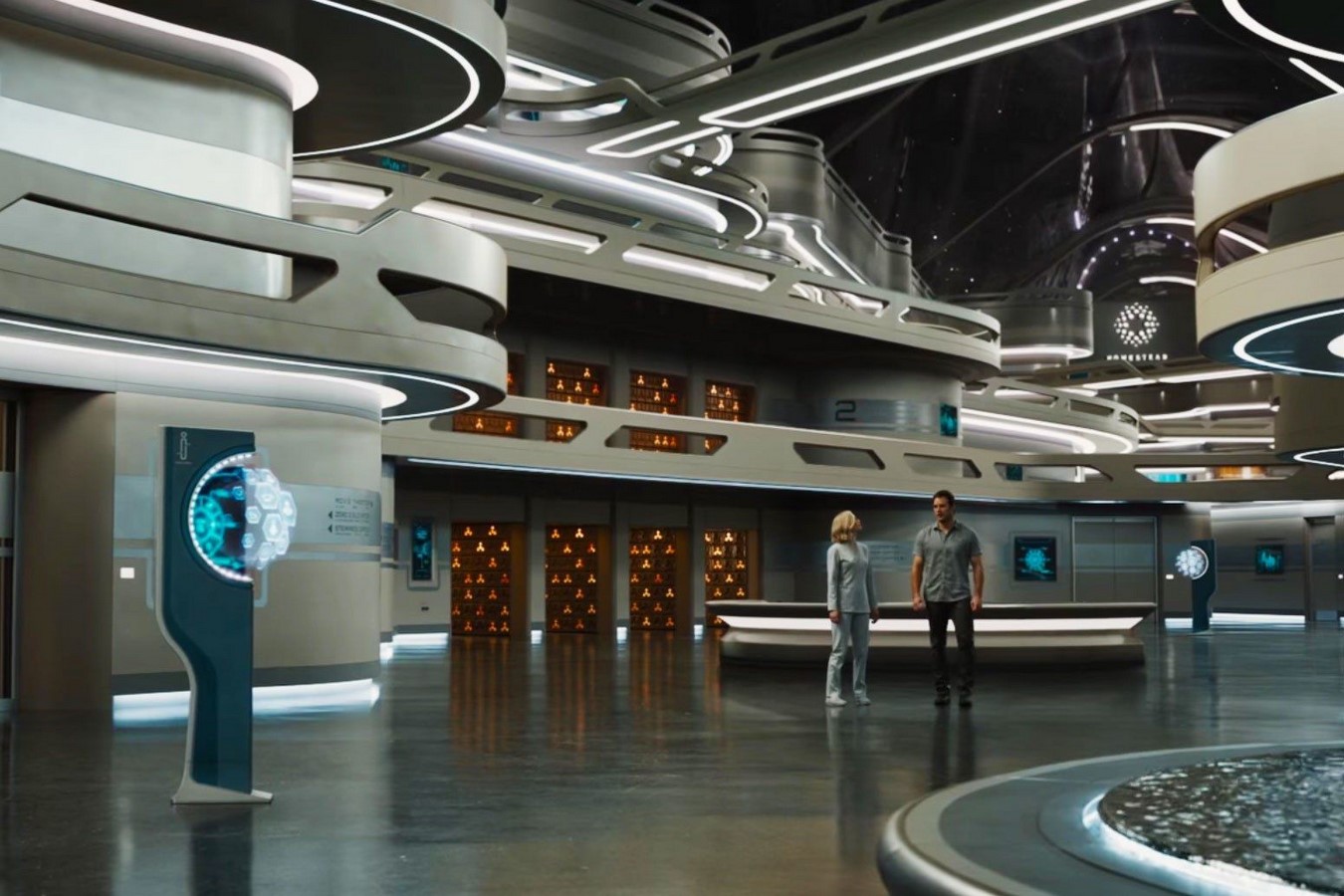
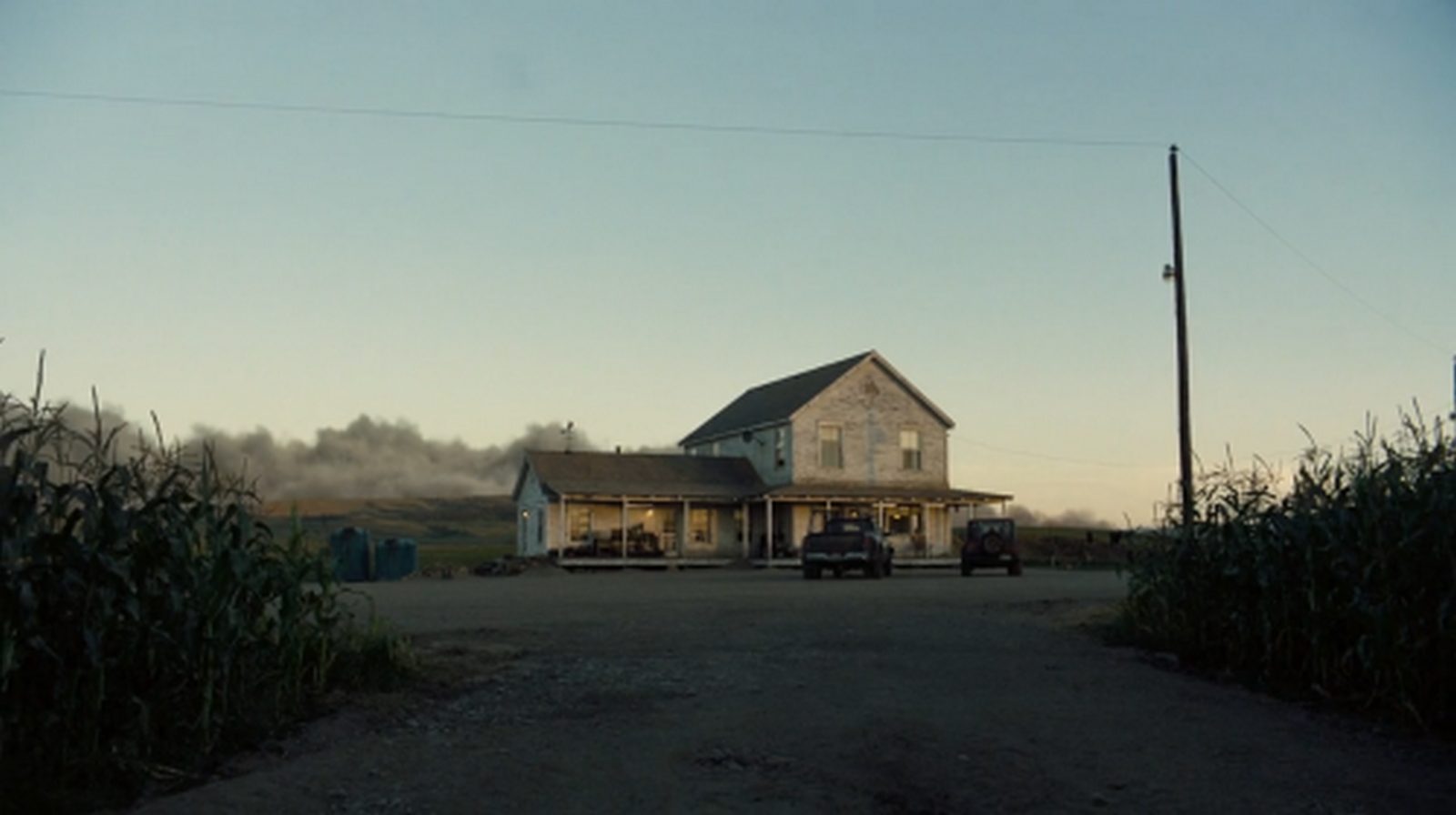
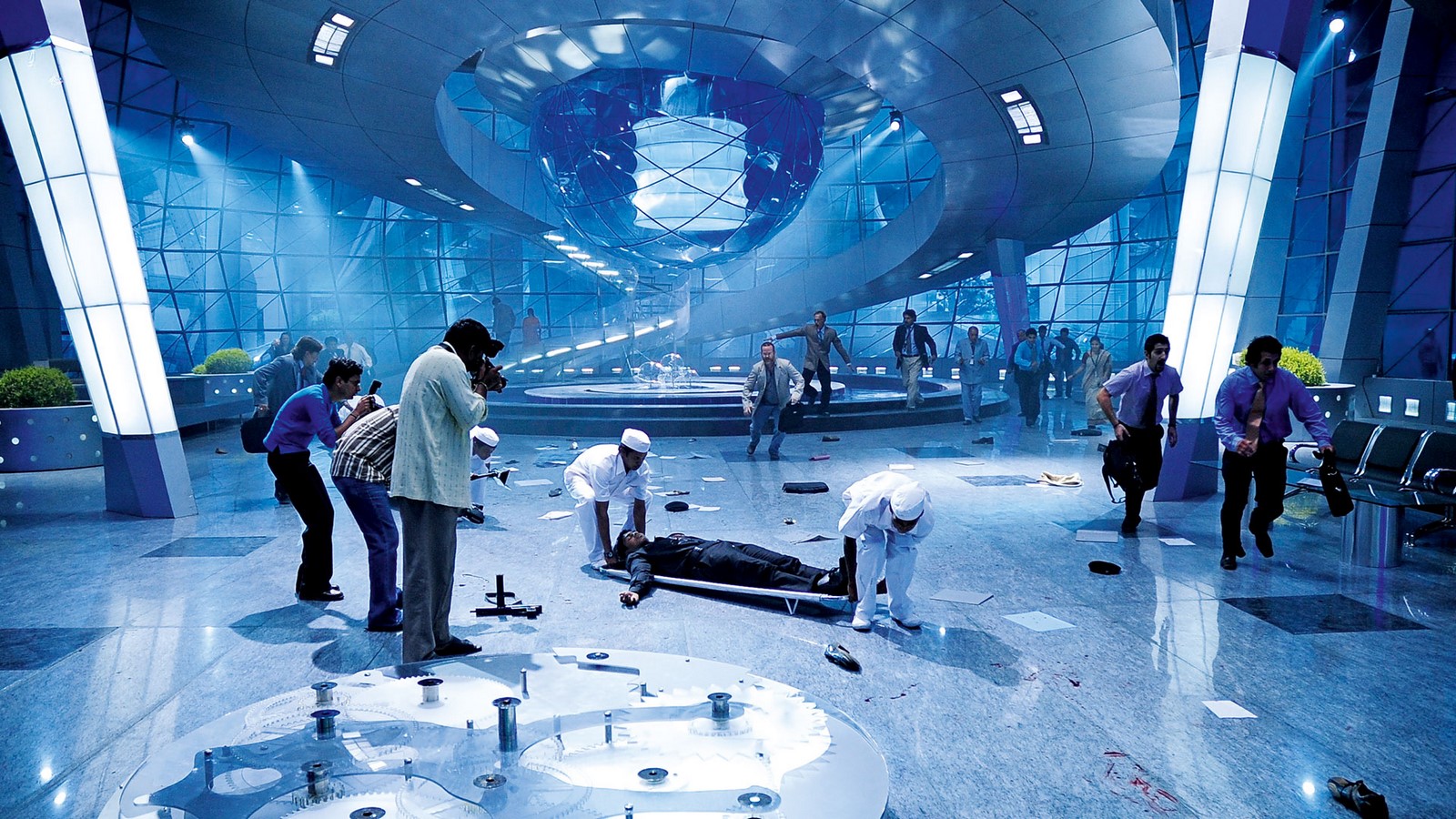
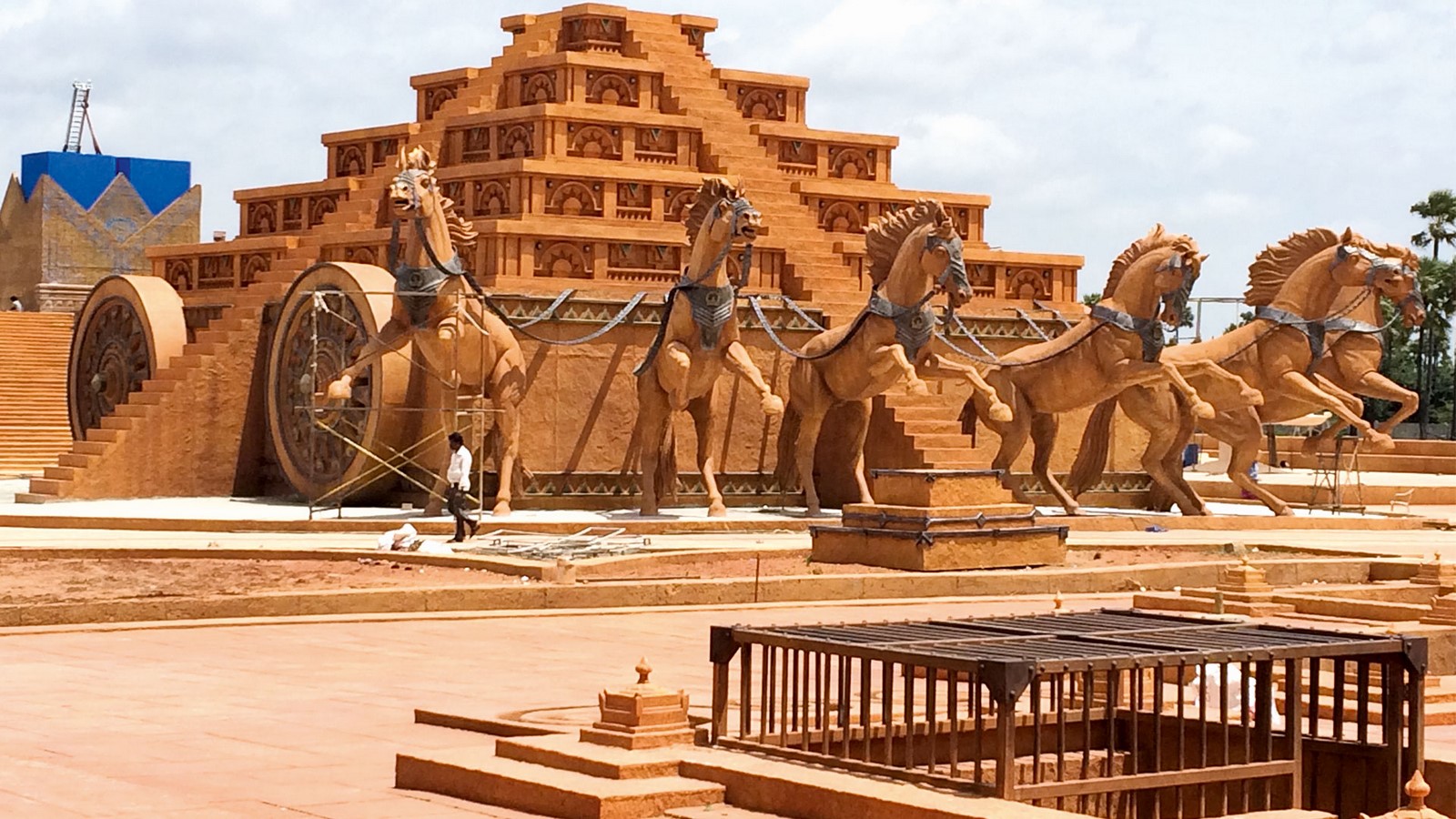
Apart from this, architecture in the form of production design also helps in conveying the theme of the story by utilizing various design elements such as colors (color palettes), lighting (play of light and shadow), objects (that mirror the mood and personality). They help a film to fixate on a theme by using the above elements that connect the film to its genre.
Correspondingly a Rom-com movie has very bright, vibrant, and warm because it reflects the theme of a fun and loving story, whereas a thriller or horror film has a darker theme, somber colors that help set the mood. Sometimes they are also contradicting, which embodies juxtaposition. Similarly, Production Design as a practice helps in determining the visual feel of a movie. Incorporating production design as a tool of story-telling is an intelligent habit that is widely acclaimed and practiced.
When it comes to theatres, the process becomes even more tricky and complicated as it is a live process unlike films/series but has similar requirements to fulfill. Hence, it requires a lot of thought in developing a feasible and believable design to represent the writer’s idea effectively. Production design has helped architecture and design gain a trait that helps in bringing a character to any space, and not just focus on the aesthetic and innovation part of it.
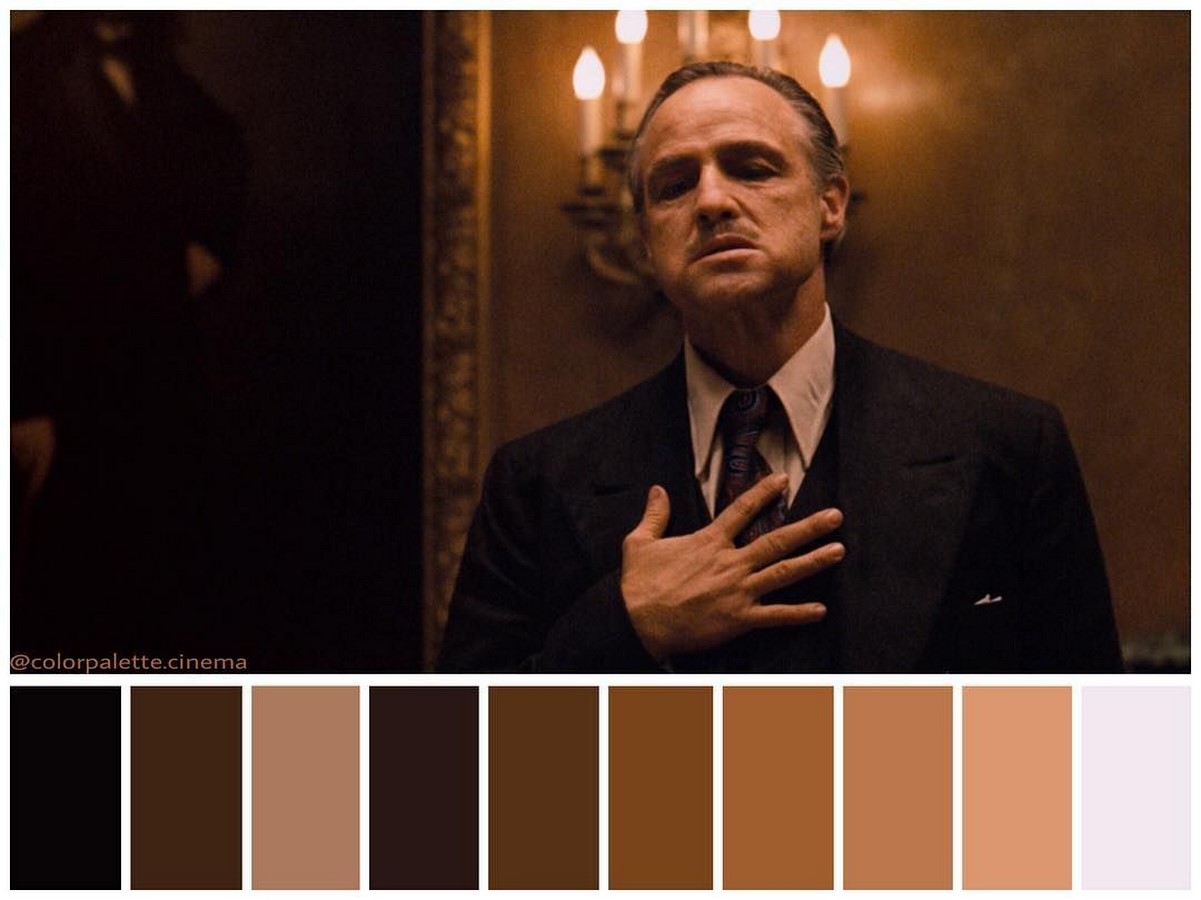
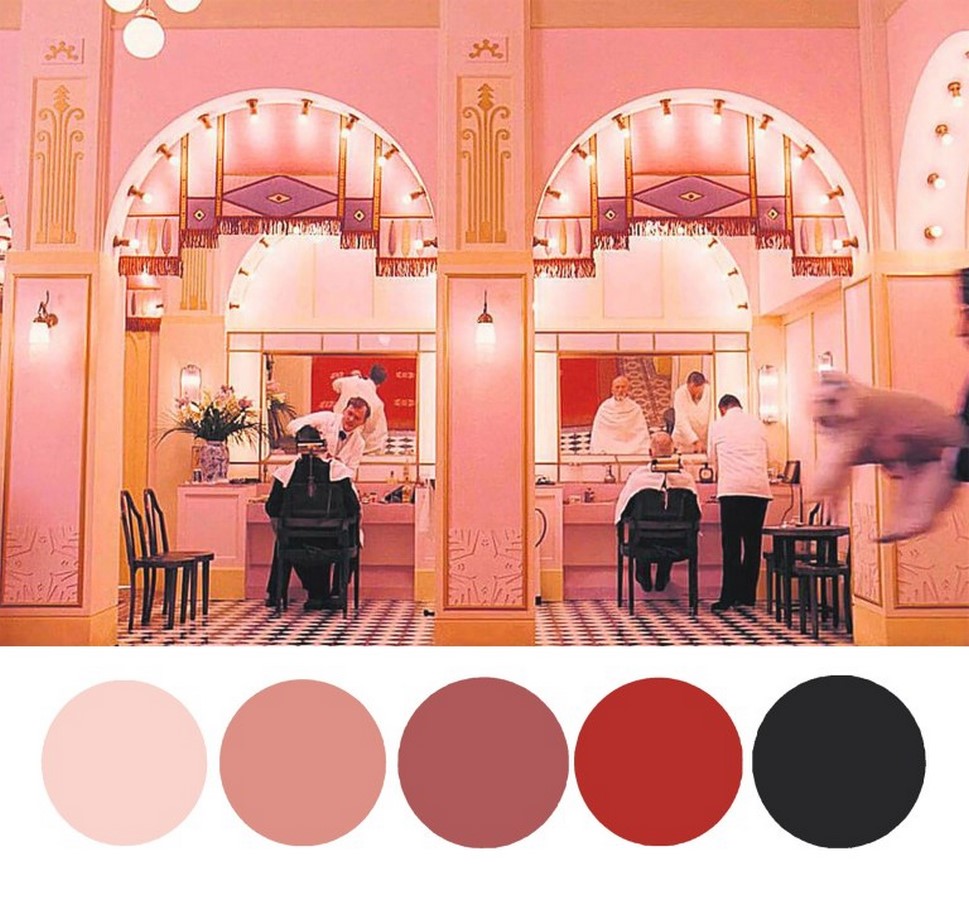
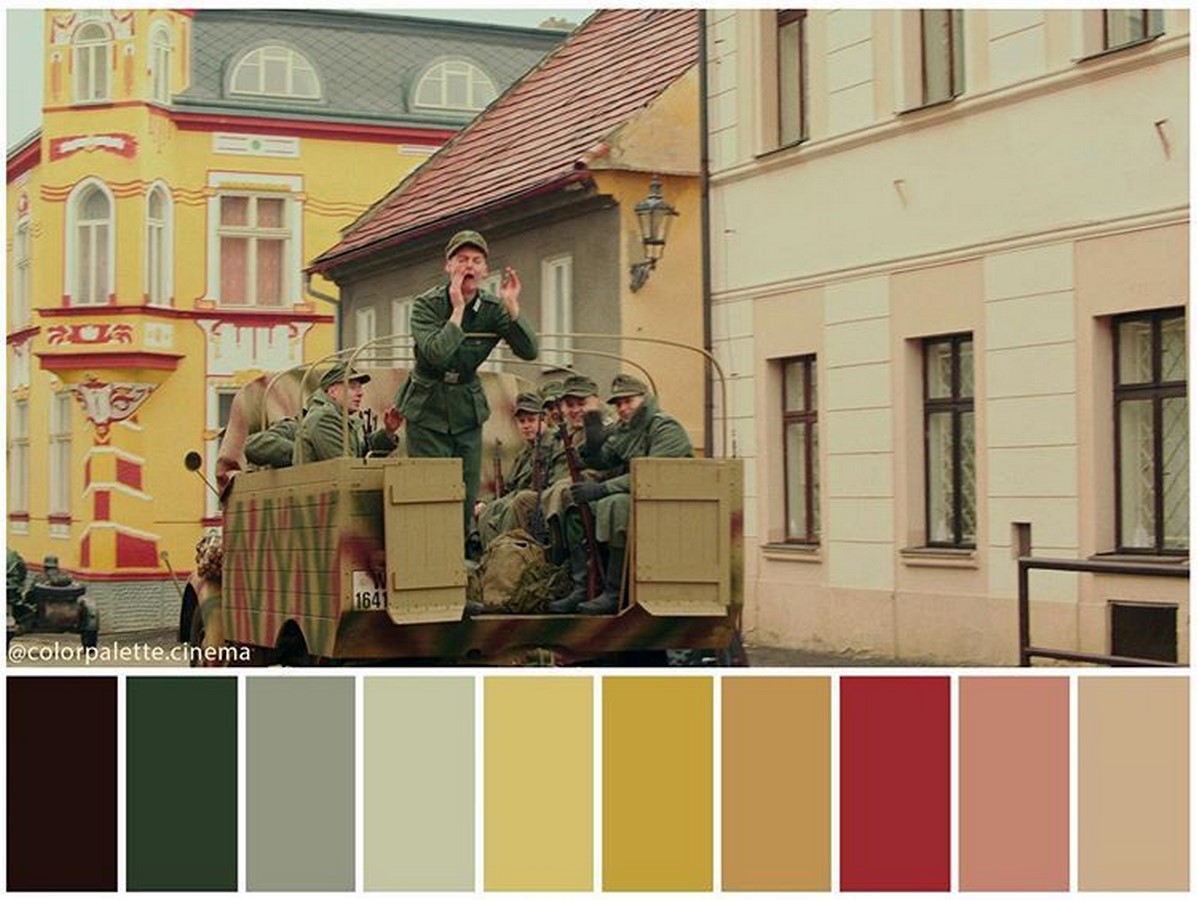
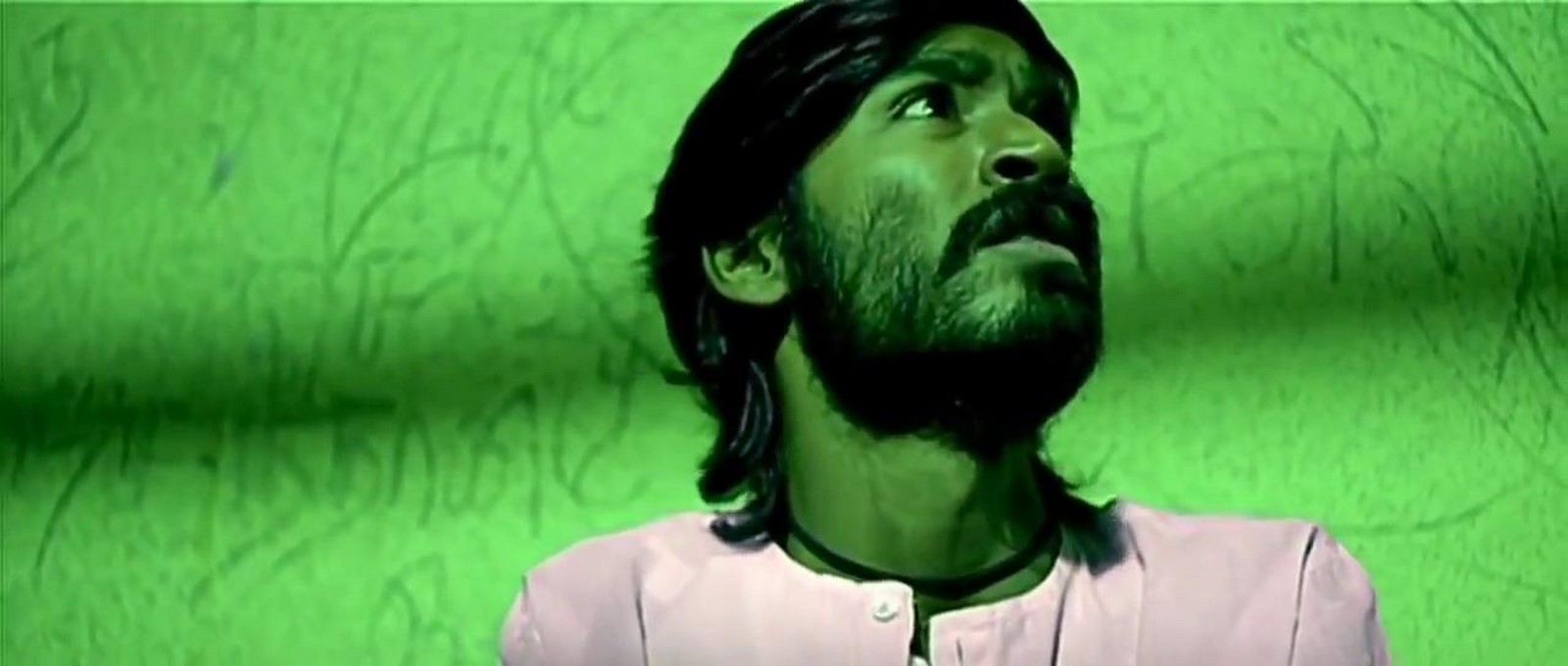
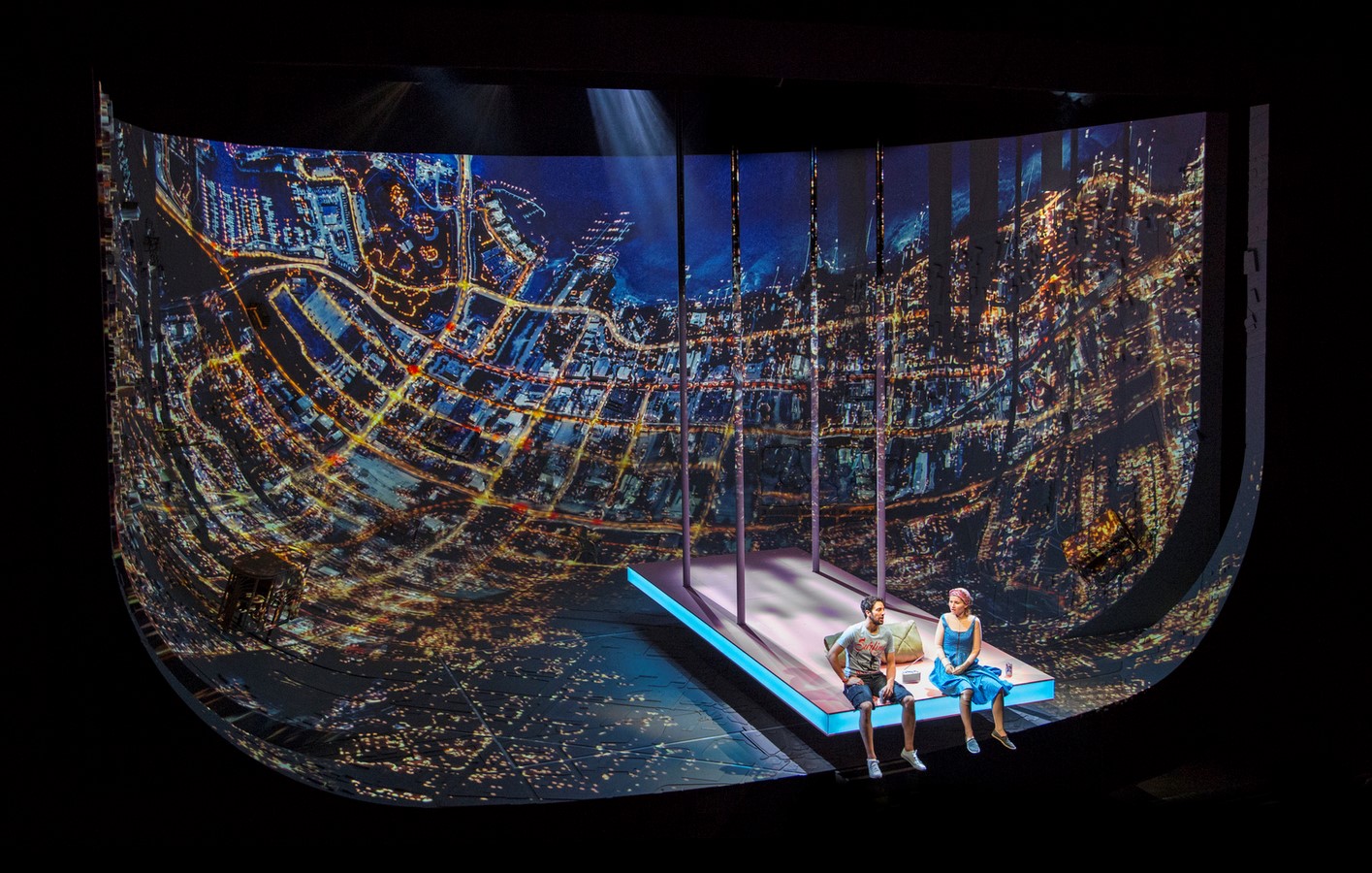
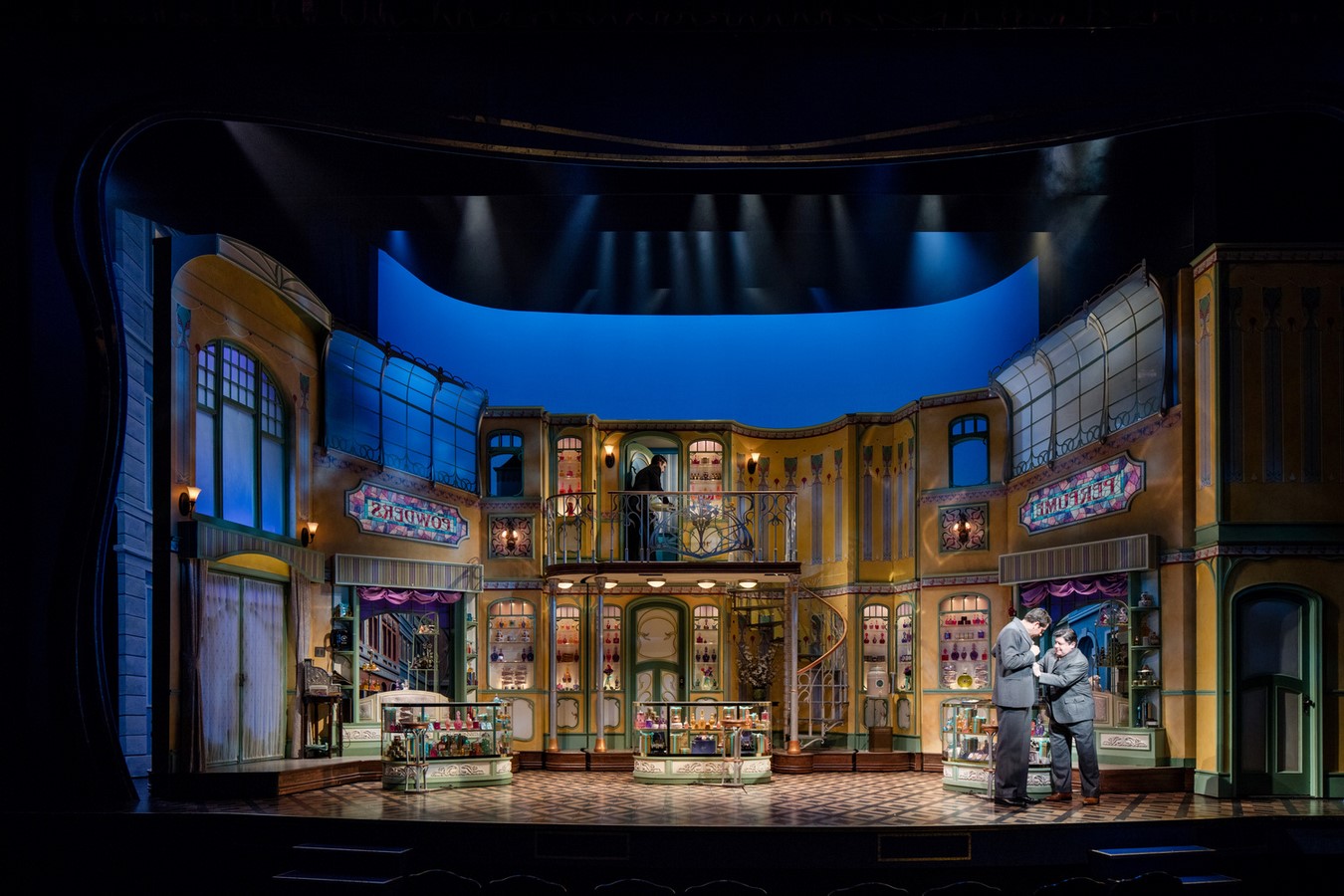
Event Production
Also, in the past few decades, Event Production is a field that has greatly benefitted from the perks of architecture and design. Since architecture and design helps you create opulent and inventive environments, they are significant in live events and shows letting the audience enjoy a unique experience.
Likewise, they also assist in carrying a theme to a particular space, which is why they have started influencing wedding design and décor as well. It is wonderful to realize that various fields of art and creativity are intertwined by the concept of design and architecture. Architecture as a field constantly evolves, and hence offers a lot of possibilities for various areas of design to reach higher levels of imagination.
